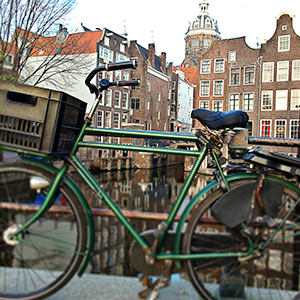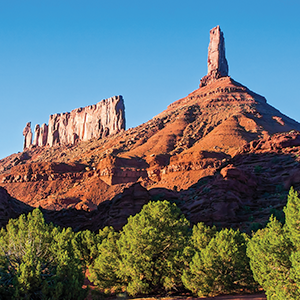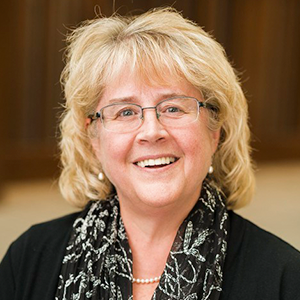Ryan Gellert JD’05 has rafted rivers in the European wilderness, scaled boulders in Mongolia, and bicycled through Amsterdam’s tulip-lined streets, but Salt Lake City still holds a place in the Patagonia CEO’s heart. Gellert grew to love the Beehive State and his alma mater while snowboarding, rock climbing, and watching his son ride his balance bike all over campus. As the new head of the outdoor clothing company, appointed in September 2020, Gellert’s personal and professional mission is to help save the planet, but the Florida native’s path started simply by pursuing that which interested him most.

Transportation
I had a bike in Amsterdam. I don’t know how many thousands of kilometers I rode on that thing. It was the way I commuted to work, the way I got to everything. It was pretty special, more so than any car I’ve owned.

Patagonia Product
The Nano-Air—you can use it in so many different ways. It’s just functional, light, and packable. It’s a really versatile piece of clothing that does a lot of things on its own.

Sport
Rock climbing, because of the places it takes you and the people you meet. What is really unique about rock climbing is the focus it requires. I always felt I could reach a state of mind climbing that was difficult to tap into doing other things. Castleton Tower and Little Cottonwood Canyon are my favorites in Utah.

Professor
I’ve known Jensie Anderson BFA’85 JD’93 for 20 years. She had a huge impact on my life. I helped support the volunteer work she organized on behalf of the homeless population. Her role at the U law school is part of what inspired me to attend.

Documentary
Jiro Dreams of Sushi. I just love this almost maniacal commitment to doing one thing really well. All Jiro did was run a sushi restaurant, but every day he was still trying to get better, and he seemed to really enjoy what he did. I just loved that.

Campaign
Choosing my favorite Patagonia campaign is like choosing one of my favorite children, but If I’m honest about it, protecting the Vjosa River is it for me. I’ve spent a lot of time in the Balkan region, and it’s one of the most beautiful places in the world—and the hydropower industry is threatening it. We have a rare opportunity to get this right and preserve the last wild river in Europe, and challenge conventions around a destructive energy industry.

Way to Get Involved
One of the things the environmental movement gets wrong is thinking everyone should participate in the same way and do the same things. I think we’re way better off if we harness the unique things that people bring. If you’re a great orator, lead and give speeches. If you’re a creative person, figure out how you can use those talents to get directly involved in the climate crisis. Use your individual gifts. I think everybody has their own ‘one thing.’ I also think it’s more fun and more gratifying if you can come at this doing the thing you are the best at and enjoy the most as well.



I like the idea that in terms of conservation and fighting global warming, that each person does what that one person can do. We will not all be able to do everything that floats across our Twitter account to “save the planet.” But we can do something. That will change from year-to-year even as stages of life move us from one phase to another. The point is to create an ethic for ourselves and our children–and those in our “orbit”–to do whatever you can in the moment to demonstrate that you care and that climate change is real. That recyling matters (even though it’s imperfect), and that some things are scaffolding (like hybrid cars) designed to help us get to something even better and more sustainable (like better battery technology and fully-electric cars). Creating the ethic of sustainability and accountability for our actions internally is key.
The first director of the U of Utah Office of Sustainability, the late Craig Forster (my husband), used to say that a large number of people changing out their lightbulbs for LED has a much bigger effect than one person doing their maximum for the environment. I’ve always liked the idea that swaying opinions in the center can cause the pendulum to swing in the right direction. The sustainability office was able to pull together siloed individuals across the university campus in a way that magnified their efforts.